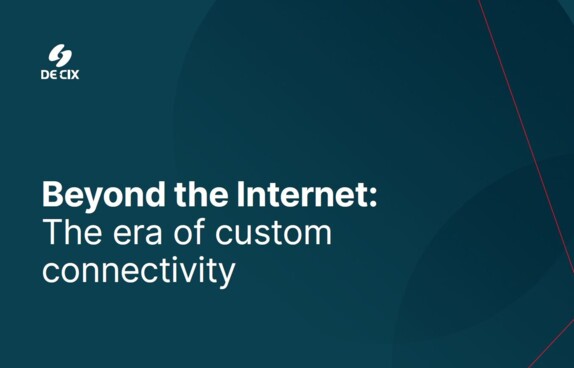The definition of interconnection
The simplest possible definition for interconnection is that it is a connection between two or more parties in order to exchange data. In the context of telecommunications, interconnection is a physical link between either a carrier’s network and a data center, or a carrier or ISP and their customers, or between multiple carriers, data centers, ISPs, enterprises etc.
When you look at it not only from the physical point of view, it becomes much bigger: Interconnection stands for “being connected”. As more and more companies in various industry sectors rely on interactions between people, devices, systems, applications, data, and the cloud, the challenge is to have a secure and resilient network infrastructure that interconnects all participants and digital flows. Interconnection is the glue that joins these entities together.
Why is interconnection important
It has never been easier to connect, but – at the same time – the requirements for connectivity have never been higher. Workloads in all sectors have become both more latency-sensitive, meaning that data needs to be processed as close to the end-user as possible, as well as more security-sensitive.
Flexibility also plays a major role in terms of the need to respond to quick-changing demands and different interconnection models. Interconnection solutions need to cater for different types of connectivity needs, such as peering, cloud connectivity, closed user groups, security services, and many more.
We make interconnection easy
Regardless of whether you want to use technologies such as IoT and AI, to ensure your cloud implementations function to the highest standard, want your employees to be able to work from home, or need to interconnect to partners in your industry, interconnection should be at the core of your digitalization strategy. You should identify which interconnection needs you have and will have in the future – and at some point, interconnection ecosystems should come into your focus, as they offer an existing interconnection infrastructure that fulfils the highest possible standards in terms of speed, quality, security, latency, accessibility, and more.
